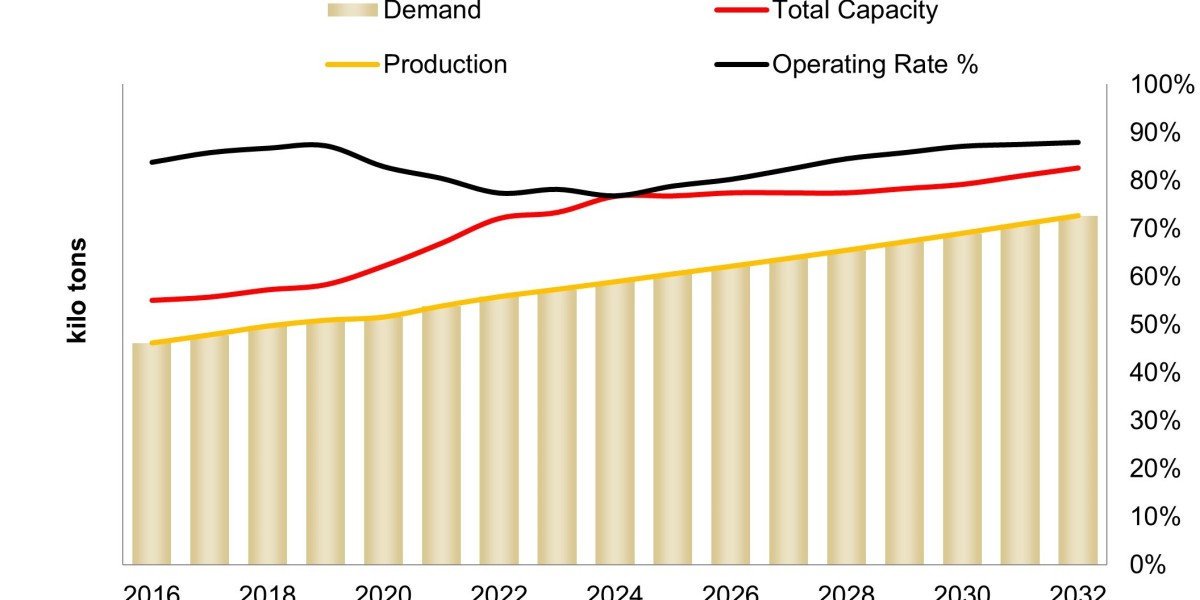Styrene, a key monomer in the production of various polymers and plastics, holds a significant position in the global petrochemical industry. This blog explores the dynamics of the global styrene market, analyzing key drivers, applications across industries, emerging trends, and future growth prospects.
Understanding the Styrene Market:
Styrene (C8H8) is an aromatic hydrocarbon obtained from the dehydrogenation of ethylbenzene, primarily used in the production of polystyrene, acrylonitrile-butadiene-styrene (ABS), styrene-butadiene rubber (SBR), and various thermoplastic elastomers.
Market Dynamics:
Polystyrene Production: Styrene is a crucial raw material for manufacturing polystyrene (PS), a versatile thermoplastic used in packaging, disposable containers, insulation, and consumer goods due to its lightweight and insulating properties.
ABS and SBR Production: Styrene contributes to the production of ABS, a high-impact engineering thermoplastic used in automotive parts, appliances, and electronics, as well as SBR, a synthetic rubber widely used in tires, footwear, and industrial applications.
Expanded Polystyrene (EPS): Styrene is essential for producing EPS foam, used in insulation boards, packaging materials, and construction applications due to its lightweight, thermal insulation, and cushioning properties.
Resins and Coatings: Styrene-based resins and coatings find applications in fiberglass-reinforced composites, boat hulls, automotive parts, and protective coatings for metal and concrete surfaces.
Applications Across Industries:
- Packaging: Polystyrene foam, containers, packaging materials.
- Automotive and Transportation: ABS plastics, SBR rubber for tires.
- Construction: EPS insulation, foam boards, building materials.
- Consumer Goods: Appliances, electronics, household products.
Market Trends:
Circular Economy Initiatives: Growing emphasis on recycling, sustainability, and circular economy models drive innovations in styrene recycling technologies and the development of bio-based styrene from renewable feedstocks.
Demand from Emerging Economies: Increasing urbanization, infrastructure development, and rising consumer demand in emerging economies fuel the demand for styrene-based products across multiple industries.
Technological Advancements: Innovations in polymerization processes, catalyst technologies, and material science lead to the development of high-performance styrene-based polymers with enhanced properties and applications.
Future Prospects:
The global styrene market is poised for continued growth, driven by the expanding plastics, packaging, automotive, and construction sectors. Sustainable practices, technological innovations, and strategic collaborations will shape the market's evolution towards greener and more efficient production processes.
Conclusion:
Styrene remains a vital component in the production of polymers, plastics, and rubber materials essential for diverse industries. Understanding market trends, regulatory shifts towards sustainability, and technological advancements is crucial for stakeholders in the styrene market. With a focus on innovation, recycling, and market diversification, the styrene market presents promising opportunities for growth and advancements in global industrial applications and sustainable solutions.







